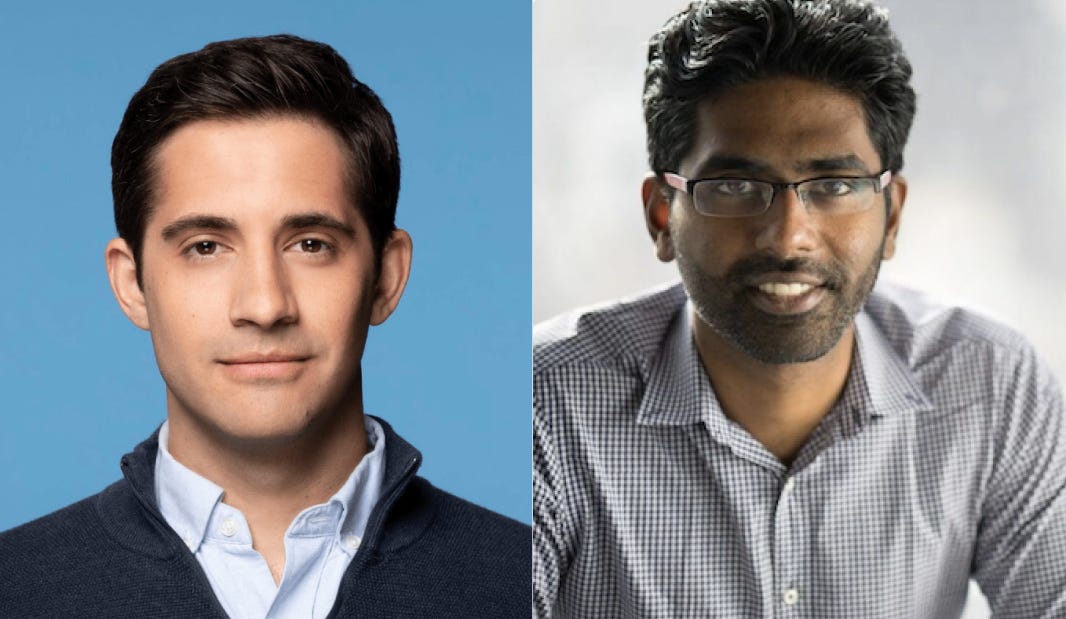Dan Romero (Farcaster): Building a Web3 Social Network for Thoughtful Conversations
How Farcaster is combining the best of web2 and web3 to scale thoughtfully
Level up your product and creator skills in just 5 min a week. Join 50,000+ readers:
Dear subscribers,
There’s never been a better time to build a new social network. Dan Romero is the co-founder of Farcaster, a “sufficiently decentralized social network” that’s quietly becoming the go-to platform for the most thoughtful conversations about crypto.
I’ve been using Farcaster for the past few months and it feels like the early days of Twitter when the community was more positive and tight-knit. In our interview below, I spoke to Dan about:
Why he started Farcaster
How Farcaster is scaling with quality in mind
Why developers should build on Farcaster
Starting Farcaster

Why did you decide to leave your VP role at Coinbase to start Farcaster?
I was at Coinbase from 2014 through 2019. When I joined, I was employee #20 but the company had grown to over 700 people by the time that I left. I wanted to try to start something from scratch again.
After I left, I spent some time traveling and got interested in the question: “Could you make RSS competitive with Twitter?”. That led me to explore this idea with a former Coinbase colleague of mine, Varun Srinivasan.
Tell me more about how this RSS idea led to the Farcaster protocol.
Well, let’s start by defining what a protocol is.
A protocol is a set of rules that let two entities communicate with each other.
Unlike a company, a protocol isn’t owned by any single entity. In other words, anyone can build on top of it.
If you look back to the web1 era, it was defined by protocols like HTTP (the web), SMTP (email), and RSS (content feed).
The web2 and mobile era, in contrast, has been controlled by closed, centralized networks. Paul Graham wrote a great post in 2009 about how Twitter is a protocol trapped within a company.
I started Farcaster to combine the protocol-based ethos of web1 with the great UX of web2.
Can you explain what Farcaster is?
Farcaster is a sufficiently decentralized social network.
Compared to other web3 social protocols, Farcaster’s architecture is minimally on-chain. Only a user’s identity is on-chain; everything else—posts, likes, follows, profiles—are stored off-chain in specialized servers called Farcaster Hubs (similar to Ethereum nodes for the Ethereum network).
We did this to build the best of web2 and web3. We want Farcaster to have the usability and speed of a web2 app with the strong ownership guarantees and permissionless innovation of a web3 protocol.
To be clear, the Farcaster you’re using today is a single app on the protocol. My hope is that building a great app and a tight-knit community will attract more developers to build their own apps on the protocol.



